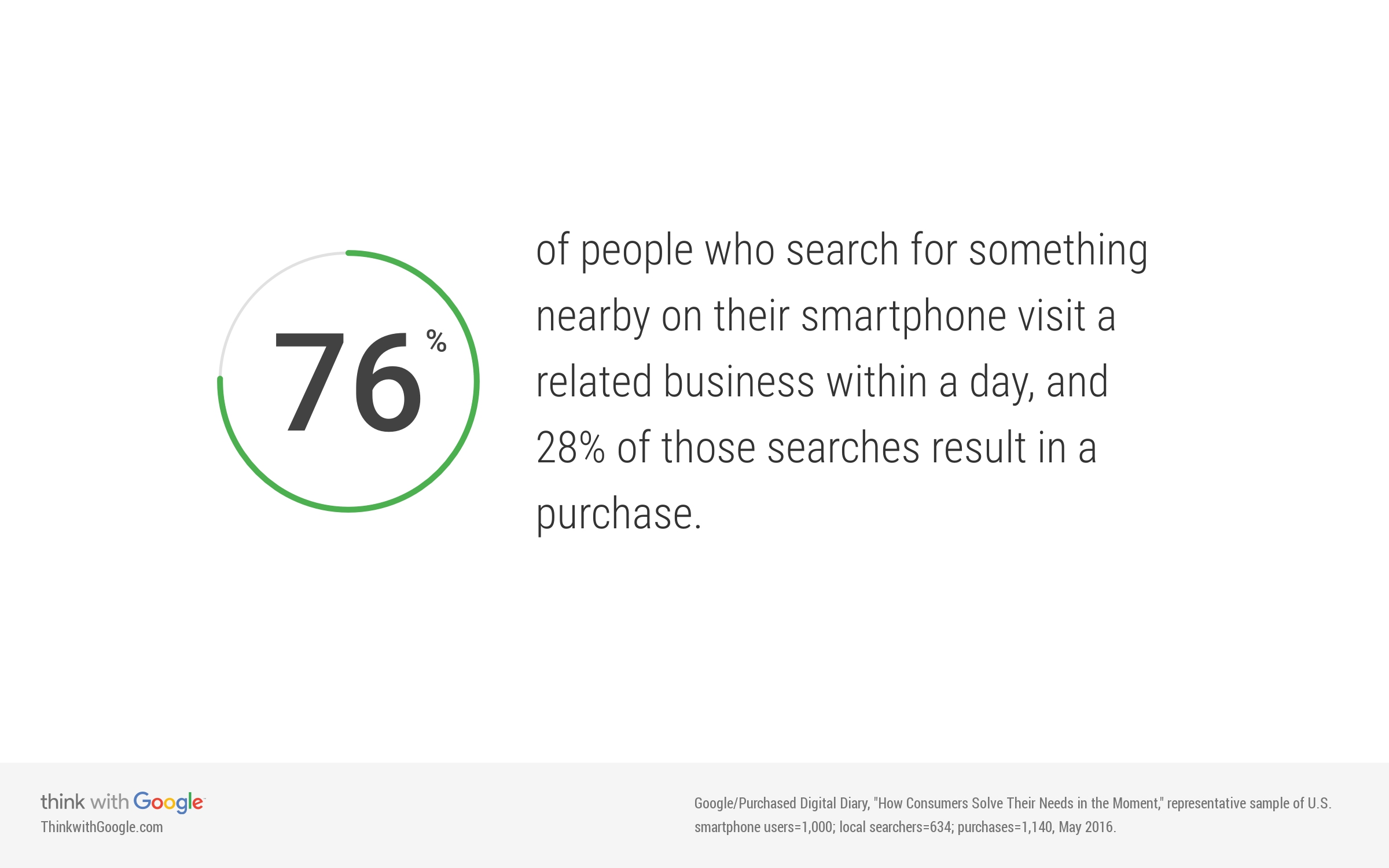
In Asia alone, mobile accounts for 65.1 percent of all web traffic. When people search for something nearby on their smartphone, it just so happens that 28% of them end up making a purchase. And these numbers are only going to rise.

As with anything, it needs to be done correctly. When it comes to mobile web design, speed takes precedence over many ranking factors. And the failure to rank could result in the ability to succeed. So, how do you stay ahead? Or for some, how do you attempt to keep up?
“The world hates change, yet it is the only thing that has brought progress” – Charles Kettering
Progressive Web Apps: Are they really that good?
At its core, a Progressive Web App (PWA) is a web application that uses modern web techniques to deliver a native app-like experience. It is a mix of both mobile applications and traditional web pages. PWAs are web applications with progressive enhancements that use features like caching, background sync, and push notifications. They are highly secure and scalable. There is a lot of buzz around Progressive Web Apps (PWAs) being the future of web development and with increased dependence on mobile devices, there is a significant reason to believe that PWAs are the tool of choice.
Prior to PWAs, you had native (mobile) apps and websites functioning independently of one another. When native apps are designed specifically for mobile they are fast and efficient. Websites, on the other hand, are great for desktop viewers but can be slow and only get worse when there are connectivity issues. With PWAs you get the best of both worlds as they perform like an app in slow connectivity as well as no connectivity. Here are some others reasons to consider PWAs.
Seamless User Experience
PWAs do not need any download or installation. Instead of going to the app marketplace and downloading a native mobile app, users just need to search for a website and they immediately access a PWA. By avoiding the download process, users avoid storage space issues on their mobile devices and they avoid unwanted data charges that can sometimes occur during a lengthy download.
Access to Content while Online or Offline
PWAs will provide content while the user is online, but one of its great features is that it still works while the user is offline. Service Workers is a programmable proxy that enables applications to control how network requests from your page are handled. They are idle when not in use and restart when they are needed and run separately from the main browser. Service Workers are at the core of PWAs and help the app work offline.
Easy Updates
When changes or tweaks are made to a native app, you need to contact the app store about the adjustments and updates, and to fix any bugs or errors. This often requires writing two separate codes--one for Android and one for Apple. And this process might take a week or longer to deploy and for the update to take effect. The benefit of PWAs is that when you make the changes they are deployed immediately and there is no need to contact anyone. No need to register, and no need for users to pay fees for downloads or in-app purchases with a PWA.
High Security
Security is always a concern, so much that Google gives preference to secure websites. This standard requires web developers to program websites in HTTPS to provide protection for consumer information. As a result, it is easier to launch a PWA in a secure setting giving users peace of mind that their personal information is secure when it is entered into a PWA.
Speed
Load times is another Google ranking factor and PWAs deliver. Since Service Workers and Java Scripts run separately from the main web thread, PWAs can load regardless of how slow the Internet connection may be. They also have smooth scrolling and animations making it much like a native application.
Are they right for you?
If you’ve been holding off on developing a responsive website or a native mobile app, now might be the time to act. Many businesses have already built a (native) mobile experience for their customers, but a good PWA effectively replaces a company’s mobile site. It is a mobile-first approach to connecting with your customers and if you lack a mobile presence, a PWA will allow you to get in the game and provide an experience that is catered to your customer. Contact Happy Dog to find out more about PWAs. We work with many businesses to grow their reach and expand their digital footprint. And a PWA may be the tool that helps your business reach its next goal, or attempt to keep up.

